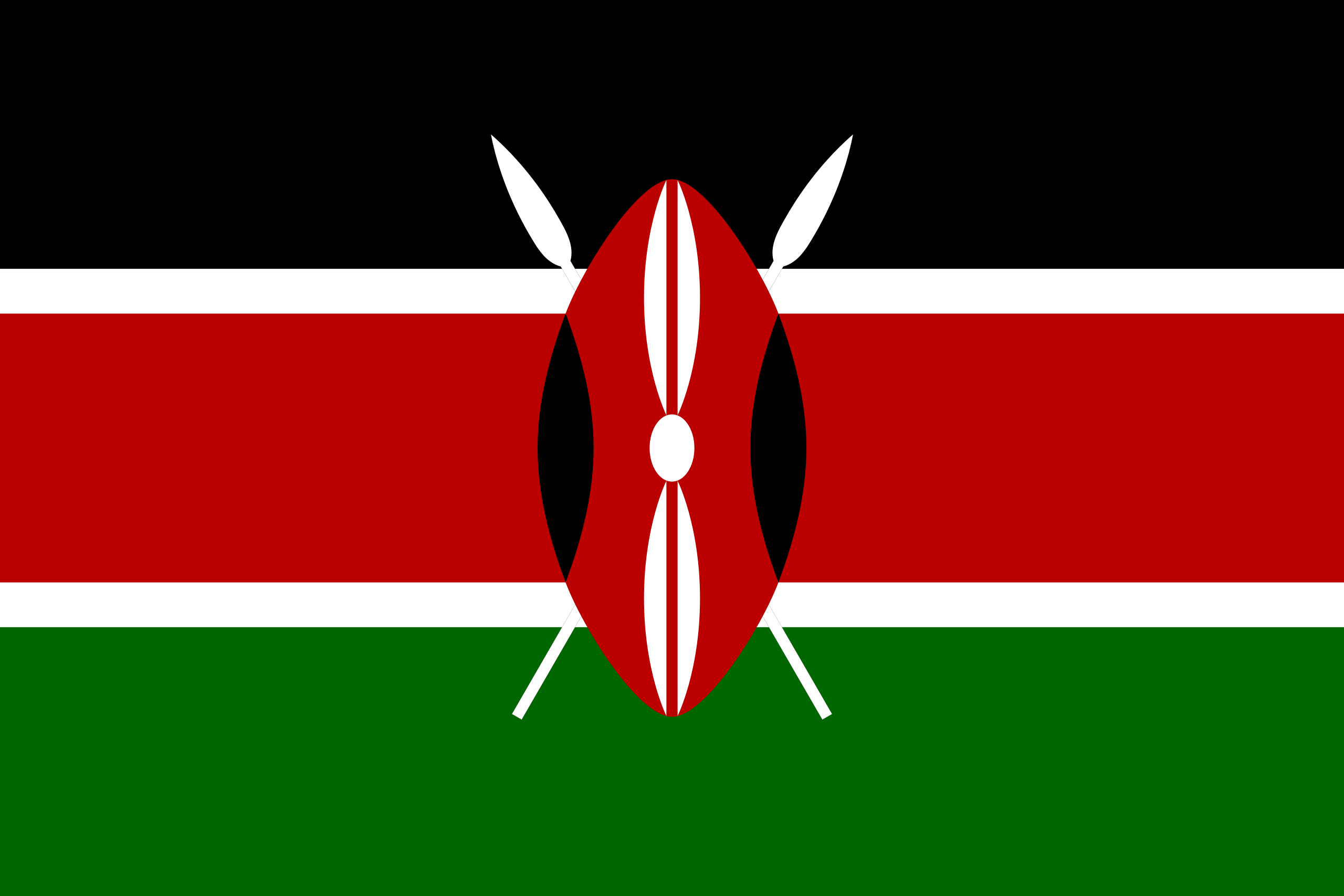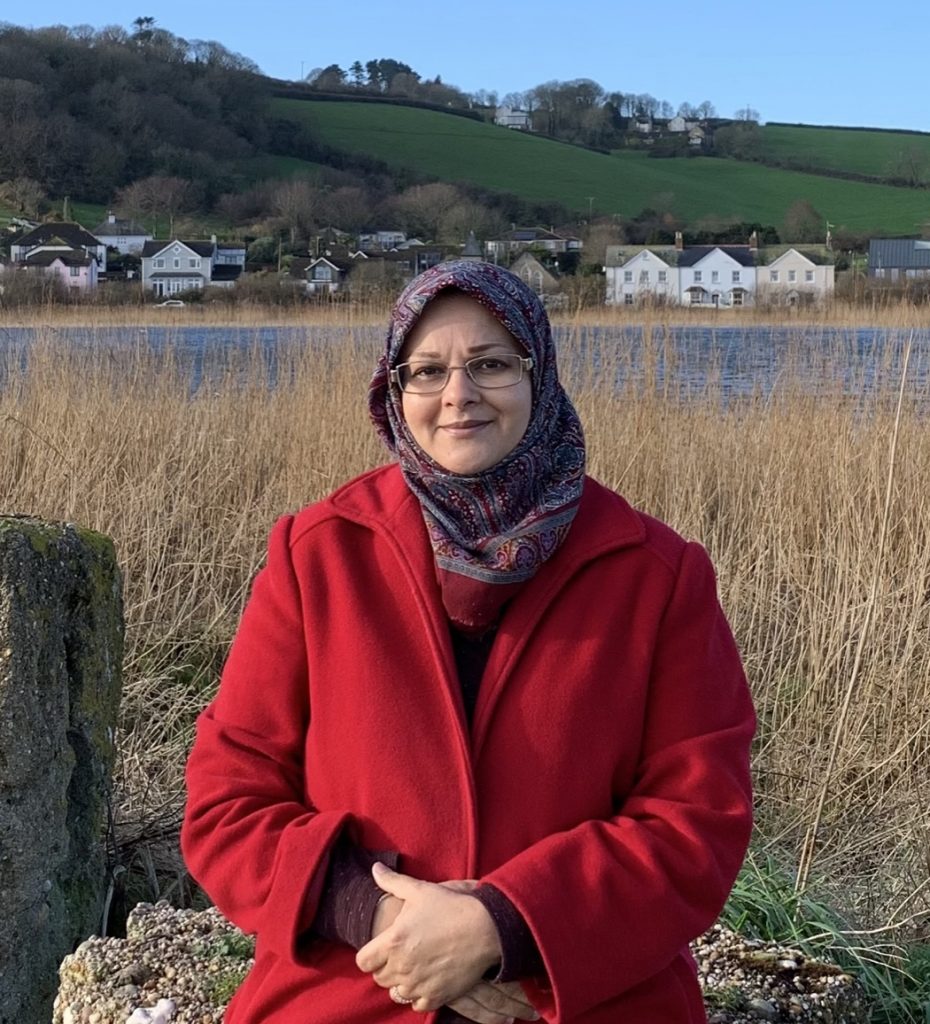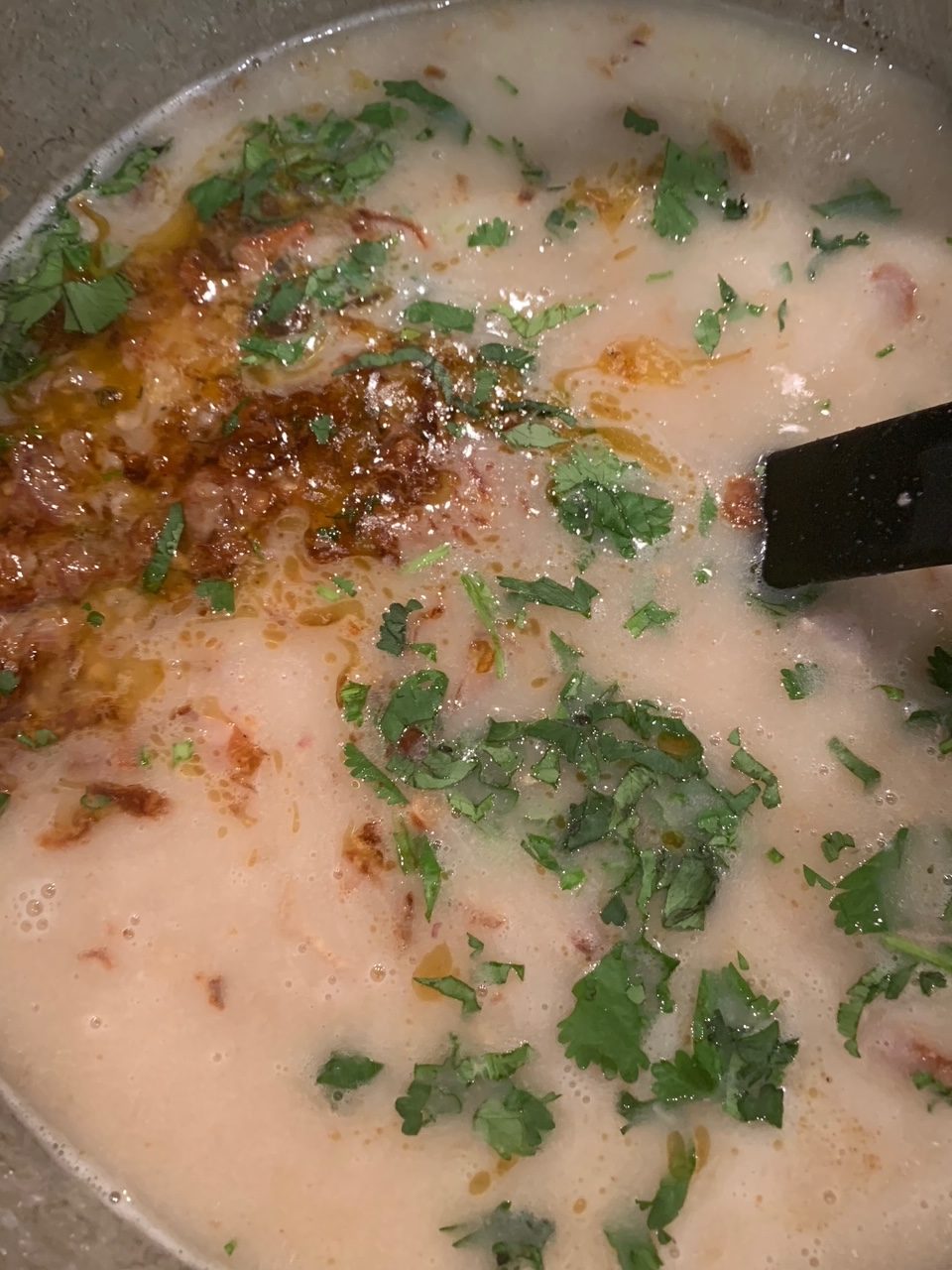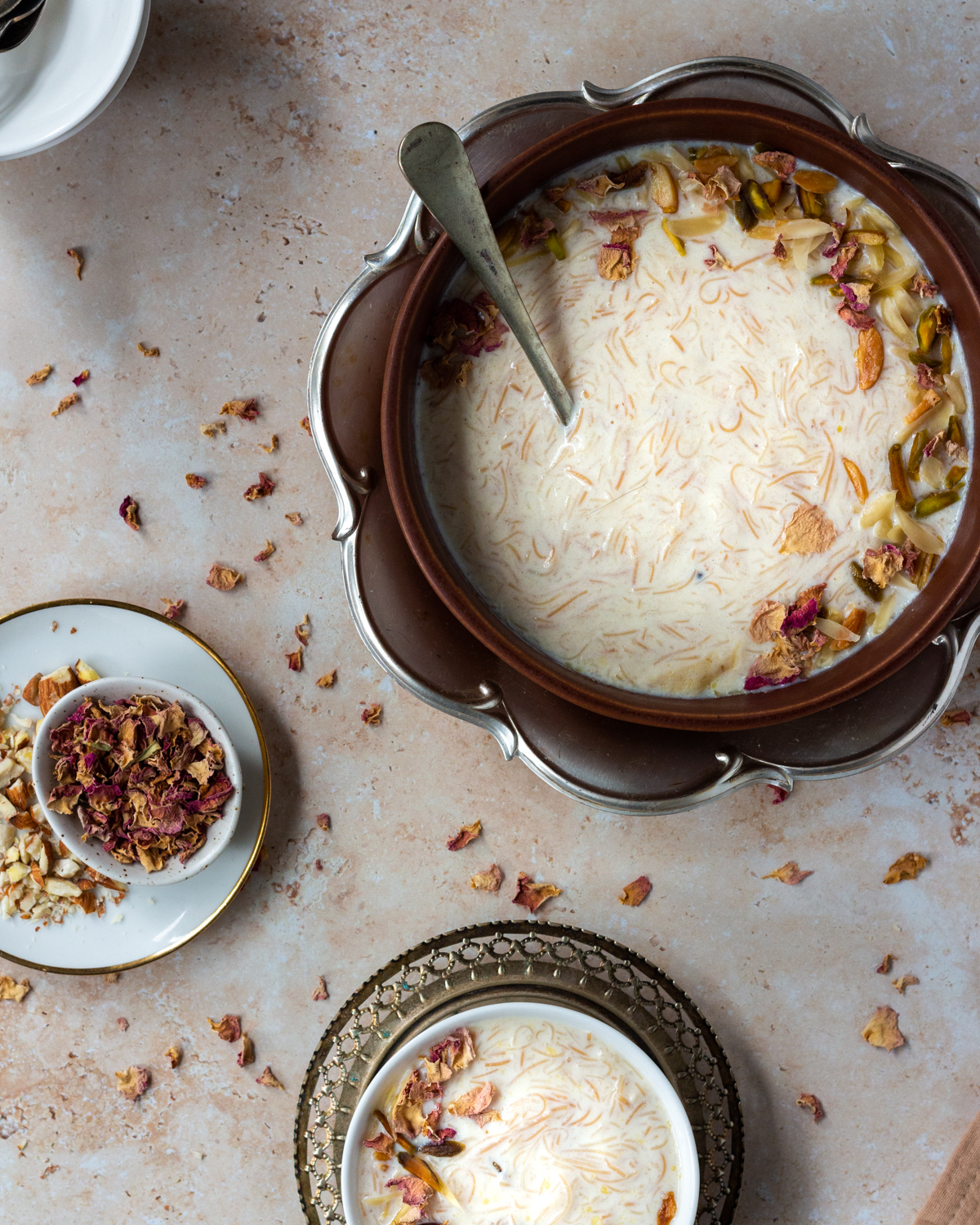Zohra’s Shurbo (Lamb and Burgul Soup)
 Kenya
Kenya 
Shurbo is the word for soup in Kutchi, the dialect that my grandparents spoke in their village in Gujurat.
When you’re part of a family which has spent a few generations migrating, food and language become connecting threads to place. My grandparents migrated in the 1930s to Kenya from Gujurat on the west coast of India. My mother and her siblings were all born in Nairobi, where my grandfather worked on the railways. This makes me a second generation East African Indian. I was born in a little coastal town called Mombasa in the 1970s.
I knew only a few words of Swahili but my fondest childhood memories are rooted in the East African Indian cuisine that I was exposed to living in Mombasa and holidaying in neighbouring Tanzania. Indian diaspora families from the two neighbouring countries maintained a friendly rivalry akin to NSW and Victoria, and this is most obvious in the naming of popular street foods and dishes which populated my childhood.
My grandmother combined the recipes and cooking techniques of her Hyderabadi upbringing and married life in a small village in Gujurat with the ingredients and flavours of East African cooking – using coconut milk to thicken curries and starchy tubers like cassava as carbohydrate sources. My favourites were deep-fried doughnut-like mahamri, triangle-shaped and flavoured with cardamom and fennel seeds (called mandazi if you’re Tanzanian) which I dunked in chai or used to scoop up pigeon pea curry. Another favourite of mine was kokotende: tiny portions of dough rolled on the back of patterned glass into corkscrews, deep-fried in large woks and then tossed in a sugar coating. One bite of the crisp exterior and the kokotende would crumble into a soft sugary mess in my mouth.
On weekend strolls by the Mombasa Lighthouse, we ate corn on the cob grilled over open fires or roasted cassava sticks dusted with salt and chili powder and drizzled with lime, washed down with madafu – sweet water sipped through a straw out of the coconut – and scoops of the gelatinous creamy flesh from inside the coconut perched on the lid. You could buy transparent polyethene bags of lightly spiced cassava chips, or easy-to-chew, bite-sized chunks of sugar cane to take home and enjoy later.
I was just a little girl when Idi Amin ordered Asians in neighbouring Uganda to leave within ninety days in 1972. The Indian diaspora in Kenya and Tanzania feared a similar fate and many planned to migrate yet again, fleeing to the West and Middle East. My parents had separated by then, and when I was six years old, my mum and I travelled by ship on a five-day journey to Karachi in Pakistan to live with her parents – my grandparents. In another two years we were all on our way again, this time to Dubai where my mum’s brothers had settled.
In Dubai, Arabic food like shawarma and felafel beckoned in street-side cafes, as did Indian and Pakistani staples like samosas and naan. At home was where I found the flavours of my East African childhood, and these were prominent in Ramadan. My grandmother, mum and aunts cooked different items in their kitchens for iftar. Small share plates would be prepared, and I would walk with my grandfather to deliver what we had prepared at home to my aunt and collect her offerings for iftar, bringing them home in time to sit down and eat. Sometimes, neighbours would get involved in this tradition, too.
When I went to university in London, my first iftar on campus was memorable. I cooked with others in the communal kitchen and while they ate dinner, I had to wait for sunset which was at around 8.30pm. Tired and hungry, I took my pot of tangy chickpea stew back to my room and fell asleep waiting, waking up an hour after iftar time! The rest of my repertoire was basic and included tomato-based pasta sauces, store-bought salads and sandwiches, and I relied on doggy bags containing curries, biriani and home-made roti kindly offered by extended family when I would leave after a visit. I did get odd looks travelling back to campus on the Underground as food aromas escaped my bags.
I returned to Dubai in 1992 a newly graduated pharmacist and found work soon afterwards in a large hospital. Mum worked as a teacher, and often we would pick up dinner from one of the many restaurants close to home. I had always loved to bake cakes and preferred that to learning to cook.
I met my husband Abbas when he visited his cousins in Dubai from Australia in 1993. I had watched Neighbours avidly with the rest of Britain during my five years as a student there, but never imagined I would end up marrying an Aussie! Abbas’s family had migrated from Tanzania to the Illawarra in the mid-seventies, and he had grown up playing cricket and believing in a fair go! His mum was also the best cook of samosas and biriani in town, and friends who dropped in after school or work were well-fed.
At the time my mother-in-law arrived in the Illawarra, Indian groceries were hard to come by, let alone East African ingredients. They would drive up to Bondi to stock up for months at a time on spices and ingredients. She was innovative and found substitutes for hard-to-source ingredients and developed short cuts to cooking methods.
My mother-in-law had all the recipes in her head, and I learnt to cook by watching her, writing down quantities and methods and practising. She was a generous teacher and she knew how to cook a catalogue of East African dishes I had not eaten before, as my grandmother had cooked a fusion of Indian and East African food, leaning heavily on curries. This is when I began to document the recipes for mahamri, pigeon pea curry, cassava and meat stews, and kalimati.
My Mum had kept a book where she wrote down her favourite recipes and stuck clippings from newspapers. Fifty years later, she still has it. Its hard-back cover is lost but I found the two recipes I wanted to share, kalimati and shurbo, side by side in my teenaged writing! Coincidence!
Sadly, many of my grandmother’s recipes never made it into that book but I later started something similar with some of my mum’s recipes which she sent in blue airmail letters when I moved to Australia. Some of my mother-in-law’s recipes that I learnt cooking beside her are in there too, and some from the children. It’s falling apart now but I love flicking through all the different handwriting.
I would love to go back to Kenya some day with my family and eat my way through the streets of Mombasa Lighthouse. The last time I visited was as a teenager in 1982. My aunt from Tanzania came to Sydney in 2018 and stayed with us during Ramadan. She and her son’s family are my only close relatives still living in East Africa and whenever we speak, food sits high in the conversation – what she cooked, where they ate out, and what dishes my daughter Aaminah can learn to cook when we finally get there!
This healthy and hearty soup, or shurbo in my grandparents Gujerati dialect, was a Ramadan staple in my family, although funnily enough not one which my husband’s family make. After I arrived in Australia, I asked my mum to send me the recipe, and it came written up in one of her monthly blue aerogramme letters from Dubai, which I still have.
With sweet recipes, ingredients need to be in certain quantities and proportions for the cooking chemistry to happen, but I find savoury recipes are a lot more flexible. I’ve made shurbo countless times, so I don’t always stick to the written recipe and this one certainly doesn’t need to be followed to a T.
Zohra Aly
May 2022
Share this story

Boil the lamb in a pressure cooker with garlic and ginger paste, salt and about 3 cups of water till tender and meat falls off the bone. Remove the cooked lamb and bones and set aside to cool.
Drain the burghul, add to the lamb stock and cook for half an hour. Use a stick blender to blend the burghul and stock.
Tear apart the cooked lamb into bite-sized pieces and add to the burghul and stock. You can leave the meat on the bones or remove from the bone if you prefer.
In the oil, fry the sliced onions till they turn golden brown, then add the ginger, garlic and spices, and stir for a few minutes till fragrant. Add the finely chopped tomatoes, and let them cook till the water dries off. Add this fried mixture to the pot of soup and stir well. Let it heat through allowing the flavours to mingle.
Garnish with chopped coriander leaves. In my mum’s house, we always added a dash of vinegar to the bowls individually. In Sydney, I sometimes forgot to do so. Mum lives with me now, and I’ve gone back to adding vinegar to my bowl of soup because I see her do it.



